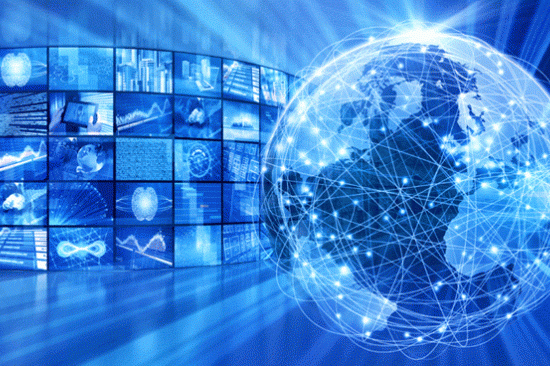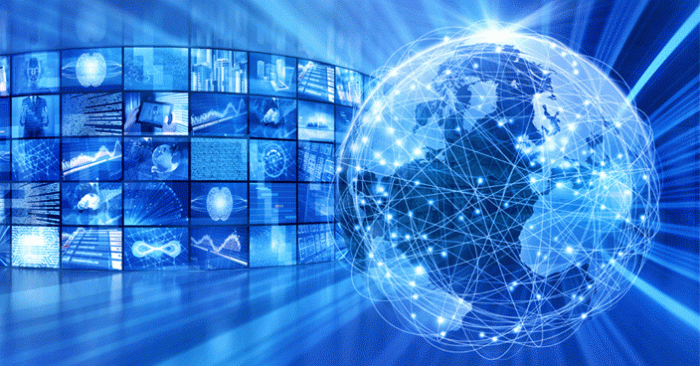The Internet of Things is the latest in a long line of technological developments to be embraced by the insurance industry, but is perhaps the most important. At its heart, the Internet of Things is the connection of everyday items to the internet. Almost anything you can think of can now be a “smart” device: coffee machines, washing machines, home thermostats, gym equipment, watches, the list goes on.
By connecting to the internet, these devices become smarter. For instance, when your coffee machine runs out of coffee it can send you a text to tell you so; when your washing machine is due a service it can email you the details, when you want to turn the heating on during an unexpectedly cold day, you can do so from your mobile phone before you get home. By wearing an internet-enabled health tracker device, so-called “wearable”, your doctor can track your health remotely. It is estimated that by 2020, 34 billion devices will be connected to the internet.
But there is another major use of the internet of things, and that is in the data that they produce. The coffee machine manufacturer now knows all about your coffee consumption, what type and flavour you like the best, and can tailor its offering to you. Your doctor can see when your blood pressure is getting dangerously high, and can intervene.

How is this relevant to insurance? The insurance industry has always been about data. Specifically, collecting data in order to calculate an accurate risk premium. The internet of things allows insurance companies to collect vast amounts of data, making the most of increasingly sophisticated computer power to help them in their calculations, and its transforming the way they do business.
The devices transforming the industry
Traditionally, calculating a car insurance premium relied upon up-to-date information about the type of car the customer travels in, his or her lifestyle, including their geographical location, and the nature of their business. That information can now be calculated quickly thanks to sophisticated algorithms, and customers get a near instant quote once they have handed these details over.
Now there is a new level of data available. Insurers are offering black box-style monitoring systems, that, when fitted to the car, gather a history of speed, distance, turning and braking patterns, time of day and much more. These so-called “telematics” allow the insurance company to offer “usage-based” insurance, in other words, cheaper policies for those that drive more carefully, and vice versa.
Similarly, in the health insurance market, wearable technology such as Fitbit can send data on the lifestyles of their wearers back to the insurance company. Consequently, a customer’s health risks can be determined more accurately, giving policyholders the power to adjust their premiums by adopting healthier habits.
It’s the same case in the home. Insurers offer discounts to policyholders who opt to use smart home technology, such as carbon monoxide and smoke detectors. These devices can provide predictive alerts on potentially dangerous conditions in the near future, thus helping to minimise the event of a claim.
Increasingly, these devices don’t just provide a more personalised insurance product but a claims model built around prevention rather than reaction.
Future challenges
As more and more information gets shared over wireless connections, so the issue of cybersecurity becomes more prevalent. Protecting consumer’s data is of the utmost importance. But this also represents another opportunity for the insurance industry, because the demand for cyber insurance has grown considerably in recent years. Last year, the insurance industry took in $2.5 billion (around £1.9 billion) in premiums on policies to protect companies from losses resulting from hacks. That was up from around $2 billion (around £1.5 billion) a year before, and less than $1 billion (around £750 million) two years before that.
Finding the right skills
To take full advantage of the opportunities presented by the Internet of Things, companies will have to invest heavily in their technological infrastructure, including new hardware platforms, networks, operating systems, types of high-volume data processing, cloud services, endpoint management tools, standards and ecosystems. The skill sets and type of jobs that are required as the result of these include an ever greater demand for Software Engineers, Data Analysts, and Technical Architects. No area within insurance, whether in new business, claims processing, or policy writing, will remain untouched.

